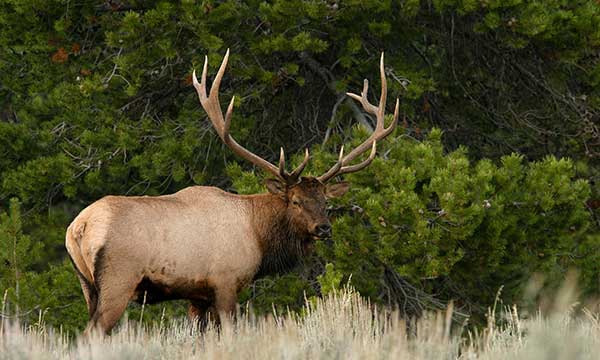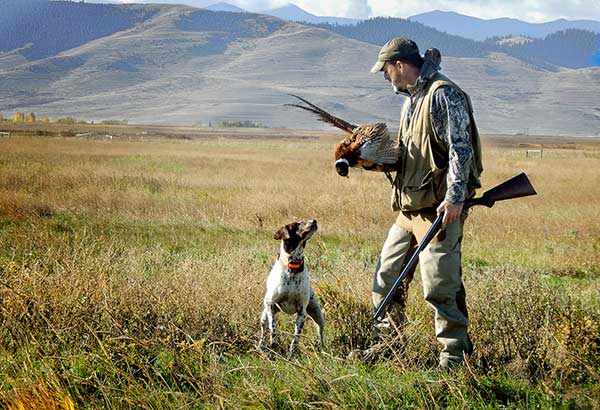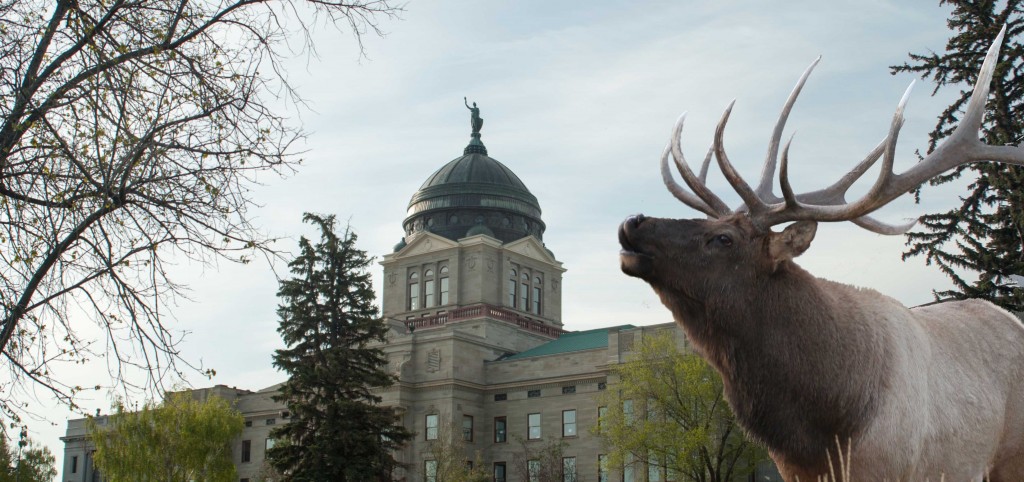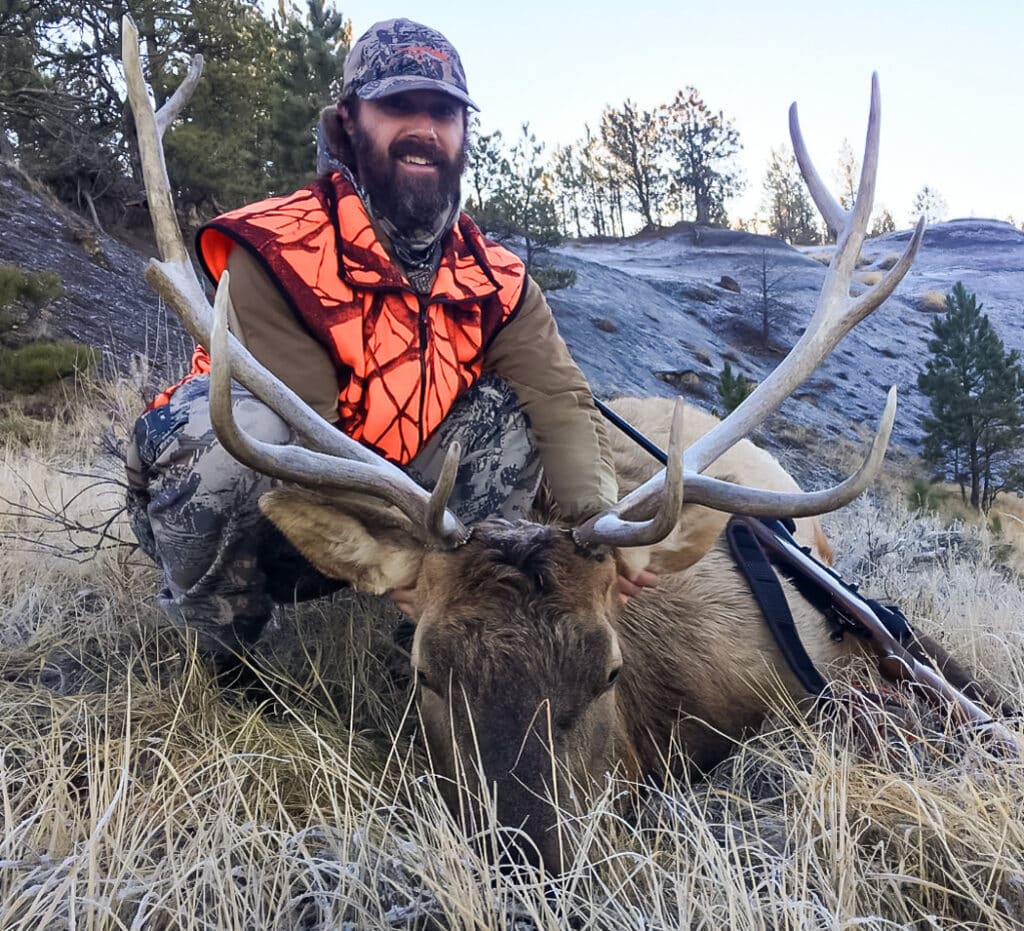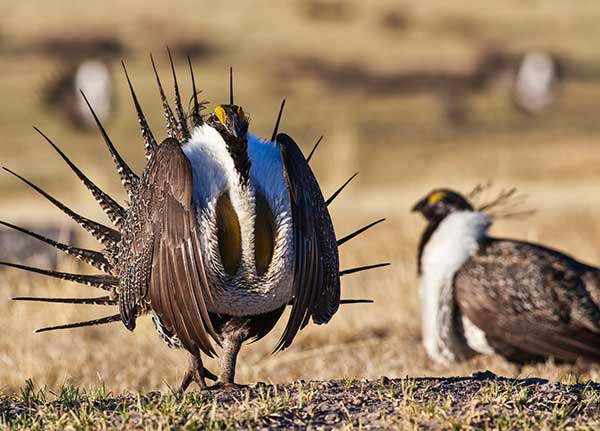
INCYMI: Last week, Interior Secretary Zinke ordered a review of the greater sage grouse conservation plans. The 60-day review by the Interior Department team could upend plans that are based on science, conditions in individual Western states, and the overall threats to sage grouse, including the loss and degradation of its habitat.
Zinke is considering directing the Department to change its approach to sage grouse, moving from a habitat management model to one that sets population objectives for the states. Western Governors believe this is a mistake. In a letter sent to the Secretary, Governor Mead (R, Wyoming) and Governor Hickenlooper (D, Colorado) said that population management ignores the scientific view that habitat is critical to the sage grouse’s long term survival.
Western Governors are also concerned that the order by Interior Secretary Ryan Zinke to review and perhaps significantly alter the greater sage-grouse conservation plans would risk and derail the years-long effort to save the bird and a landscape that supports 350 other species. The secretarial order could create more delay and impede what Montana and other western states want – growing, healthy sage-grouse populations and the conservation of an iconic landscape. Stepping back and re-debating will only delay and undermine the restoration of the sage brush steppe landscape and sage grouse. The Secretary should listen to the original stakeholders who spent years debating, finding compromises and working to create a plan that was good for sage grouse and our western way of life. Any review or changes to the plan should be made with the original goal in mind – avoiding further declines in the sage grouse populations to the point where drastic measures like an Endangered Species Listing will be required to save it.
John Bradley is the MWF Eastern Field Representative. Contact him at jbradley@mtwf.org

